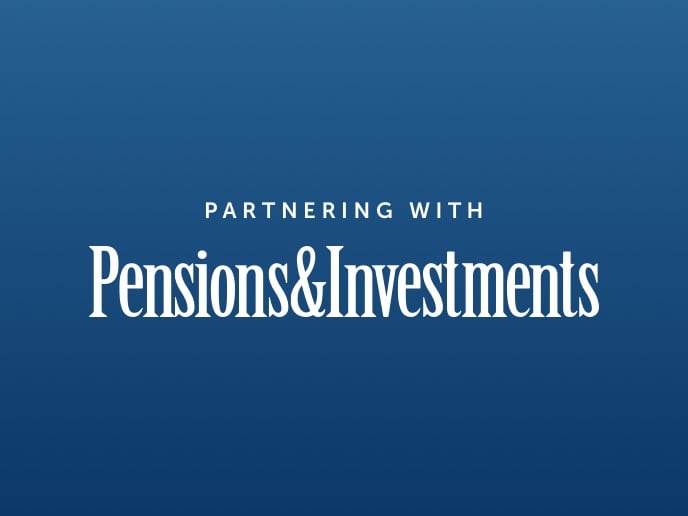Developed APAC: Capitalizing on a Compelling Growth Story
The developed APAC direct lending market is relatively nascent compared to the U.S. and Europe but offers similar risk and return characteristics—with the added benefit of diversification and access to a compelling global growth opportunity.
How has the APAC direct lending market changed over the last decade, and what are the key drivers and dynamics behind this evolution?
Shane Forster: The Asia Pacific (APAC) direct lending landscape has undergone a considerable transformation over the past decade, and particularly over the last four or five years. This evolution is partly due to the growth of the APAC middle market, which has accelerated the funding needs of APAC-based businesses and increased the demand for innovative, flexible and efficient financing solutions.
At the same time, banks—the traditional source of middle market funding—have been tightening their lending criteria and scaling back, similar to what we have seen in the U.S. and Europe. Largely a result of regulatory changes across the region, particularly in Australia and New Zealand, banks’ retreat has effectively starved capital-intensive areas, such as leveraged loans, of lending. As a result, a new wave of institutional lenders has stepped in to fill the gap.
Justin Hooley: I would add that, historically, funds in APAC tended to look primarily at special situations and opportunistic credit. Over the last few years, as more international private equity (PE) sponsors have entered the market, this has shifted toward traditional senior direct lending. In many cases, these sponsors have experience in the U.S. and European direct lending markets and are looking for the familiar benefits—like more flexible structures and speed and certainty of execution—that non-banks can offer.






